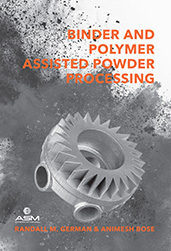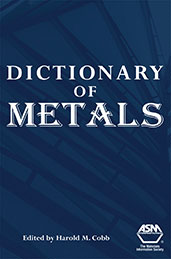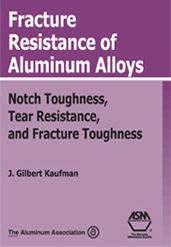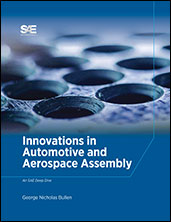Book
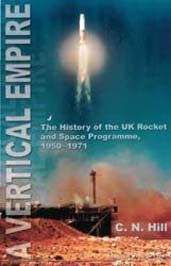
A Vertical Empire: The History of the UK Rocket and Space Programme, 1950-1971
2004-01-01
A Vertical Empire provides a description of the British rocketry and space programme from the 1950s to 1970s, detailing the Medium Range Ballistic Missile Blue Streak and its conversion to a satellite launcher as part of the European Launcher Development Organisation (ELDO). This extensively revised second edition includes material only made available in the past ten years and the text is supplemented by numerous photographs, sketches and statistics. The all-British satellite Black Arrow is described, as well as the research rocket Black Knight, the Blue Steel missile and the rocket powered interceptor aircraft. Contents: Rocket Motors Rocket Interceptors Blue Steel Blue Streak - The Origins Blue Streak - The 'Underground Launcher' Blue Streak - The Cancellation B S S L V The European Launcher Development Organisation - ELDO Europa Black Knight Black Knight and the Re-Entry Experiments Black Arrow The 'Might Have Beens'




